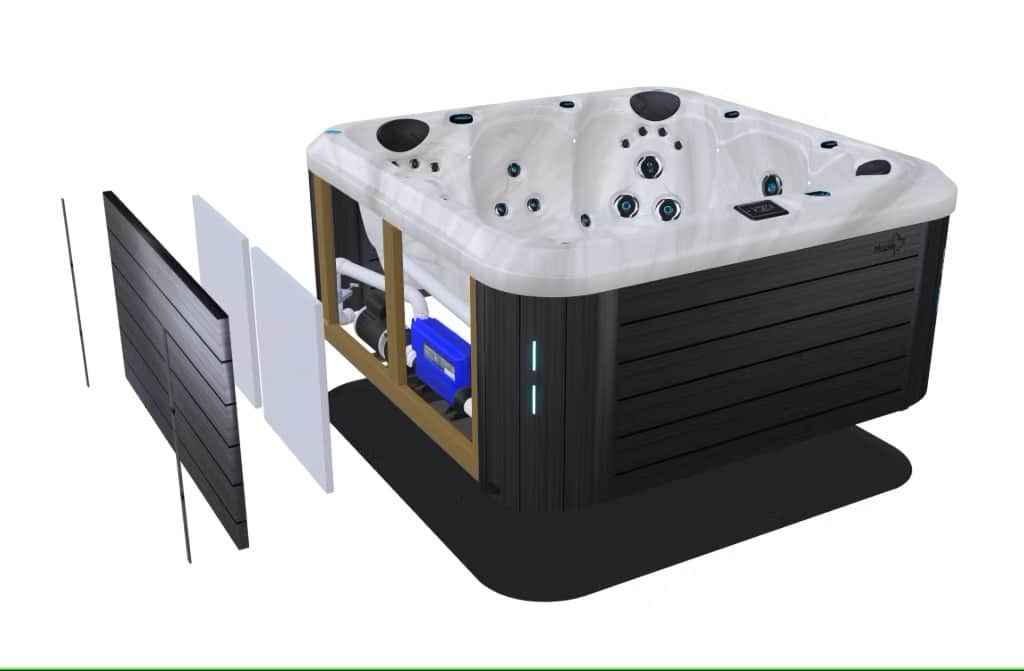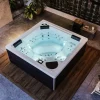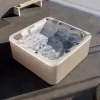How Does a Hot Tub Work? Understanding the Basics of Spa Technology

What Makes a Hot Tub Work?
A hot tub is more than just a warm bath — it’s a well-designed system that combines heat, water flow, and massage jets to create a full-body wellness experience. Understanding how it works can help you maintain your spa and choose the right model for your needs.
Main Components of a Hot Tub
1. Shell and Cabinet
The outer shell holds the water and seating area, while the cabinet houses all the internal equipment. Both are designed for durability, insulation, and style.
2. Heating System
Hot tubs use an electric heater (typically 1.5 to 5.5 kW) to raise water temperature, usually between 98°F and 104°F. Insulation and a quality spa cover help retain heat and reduce energy consumption.
3. Water Circulation
A circulation pump keeps water moving even when jets aren’t active. This helps maintain water clarity and ensures continuous filtration.
4. Filtration and Sanitation
Water passes through one or more filters to remove debris and impurities. Many hot tubs also include sanitation systems like ozone generators, UV lights, or saltwater systems for cleaner, low-maintenance water.
5. Jets and Hydrotherapy
Jets push water mixed with air through targeted nozzles. Depending on the model, jets can be adjusted for intensity and direction, providing a massage that helps with relaxation, muscle recovery, and joint pain relief.
6. Control Panel
A digital control panel lets you adjust temperature, jets, lights, and filtration cycles. Some models also include smartphone apps for remote control.
Smart Extras and Upgrades
Modern hot tubs may include LED lighting, waterfalls, aromatherapy, Bluetooth sound systems, and smart energy-saving modes — all to enhance your spa experience.
Why Understanding Matters
Knowing how your hot tub works helps with routine maintenance, energy savings, and long-term performance. It also ensures a better spa experience every time you use it.













